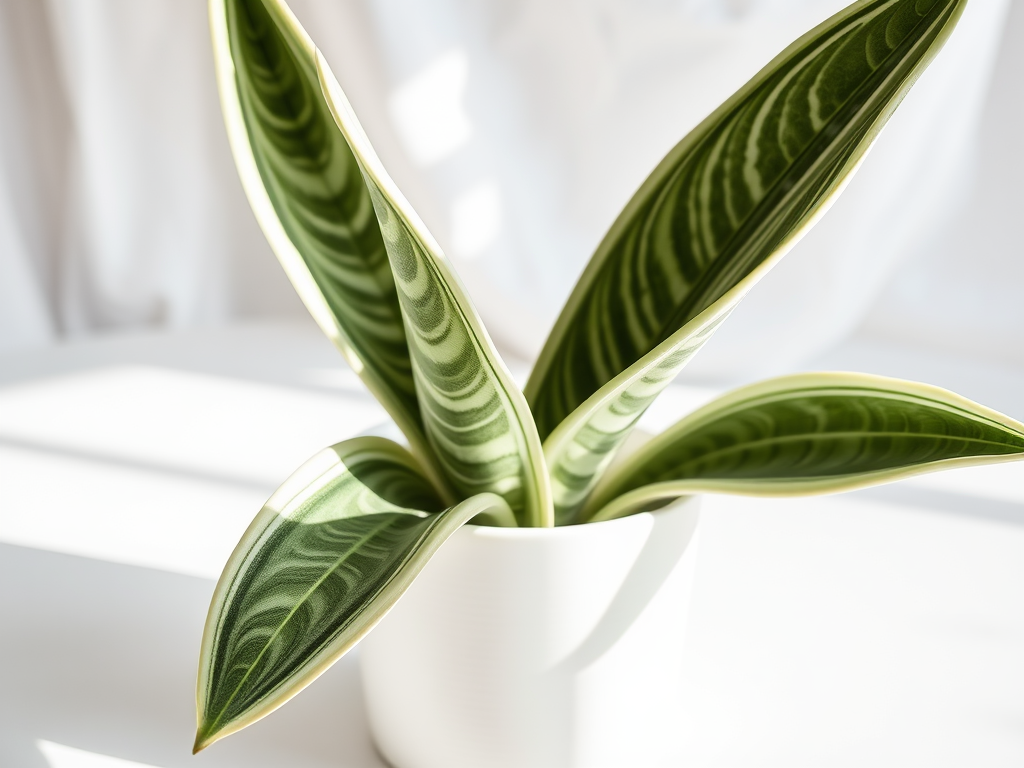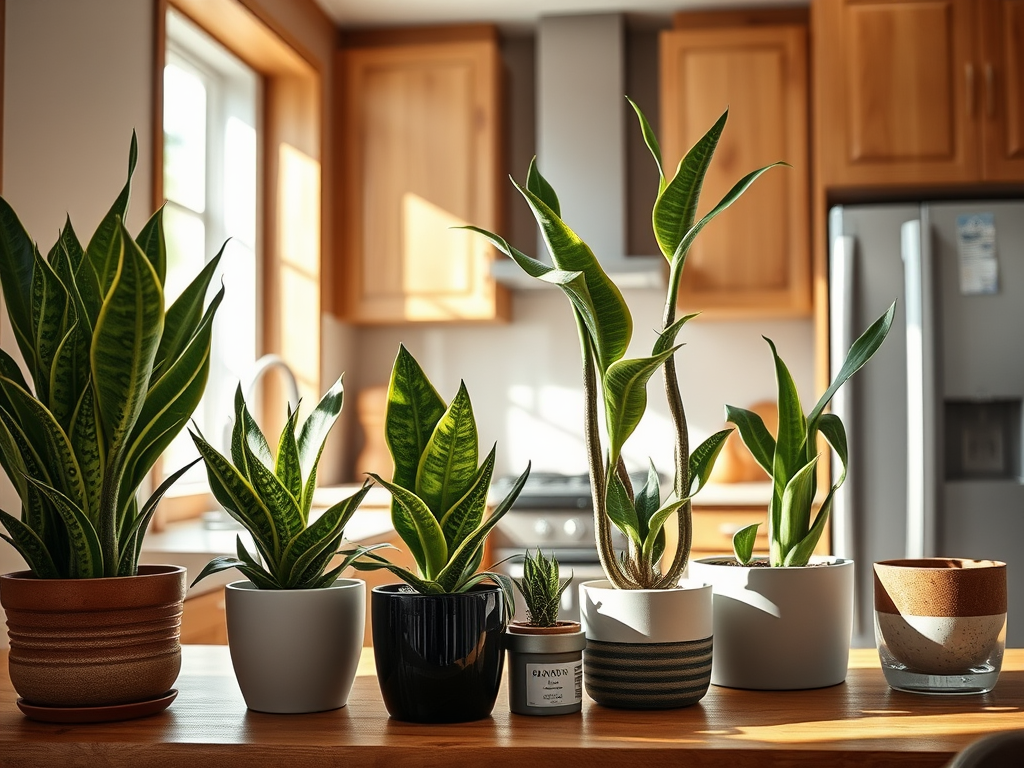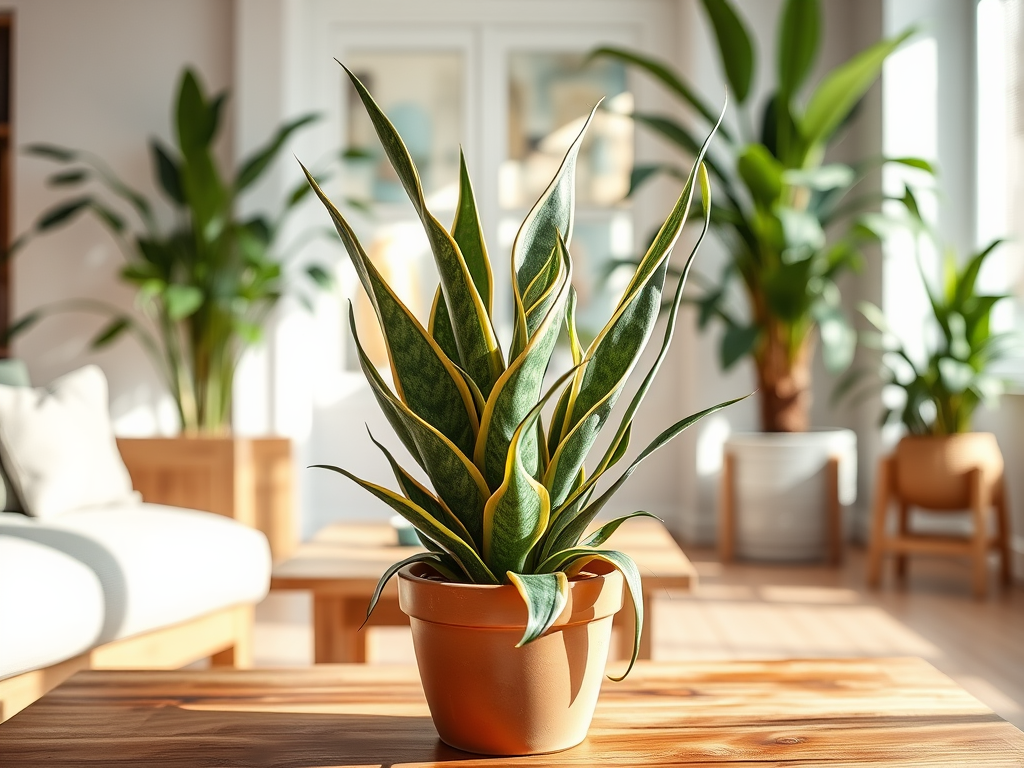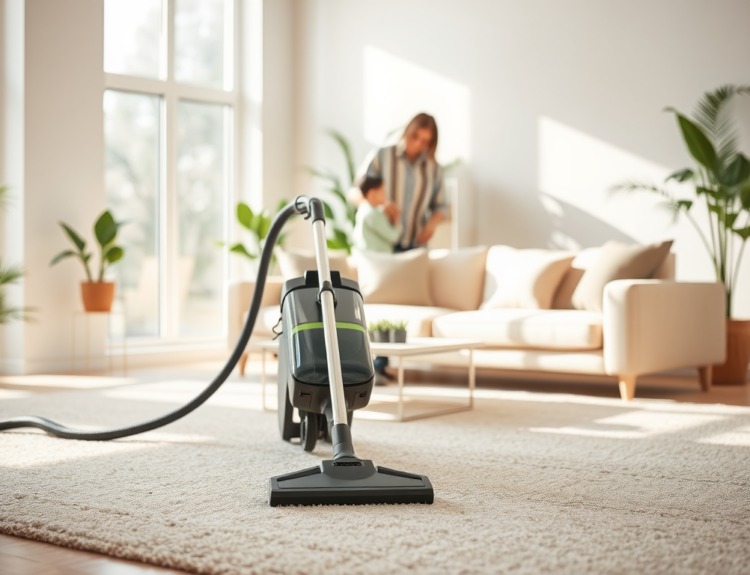The Snake Plant, also known as Sansevieria or Mother-in-Law’s Tongue, has emerged as a favorite among indoor gardening enthusiasts. Its striking, architectural leaves and low-maintenance nature make it a fantastic choice for both beginners and seasoned plant lovers alike. These hardy plants can withstand a range of environmental conditions, from low-light rooms to dry indoor climates. With their unique ability to purify the air, they not only beautify your space but also contribute to a healthier living environment. Yet, many people still ask: how can one ensure that these green companions thrive? In this guide, we’ll explore the essential aspects of Snake Plant care to help you nurture them successfully.
Understanding the characteristics of the Snake Plant offers valuable insights into why they are so resilient. Known for their sword-like leaves that can grow upright or in a rosette shape, these plants come in various green shades often marked with yellow edges. Their ability to store water in their leaves enables them to survive prolonged periods of drought, making them an ideal choice for busy individuals or those who often forget to water their plants.
Understanding Snake Plants

Before diving into their care, it’s worth appreciating the numerous benefits that Snake Plants bring to indoor spaces. Not only do they require minimal effort to thrive, but they also improve indoor air quality significantly. Through the process of photosynthesis, Snake Plants convert carbon dioxide into oxygen even during the night, which is quite rare amongst houseplants. Their air-purifying properties help remove toxins such as formaldehyde and benzene, allowing for better indoor air. They can also adapt to varying light conditions, making them versatile for different home environments.
- Low maintenance requirements
- Air purification properties
- Tolerance to varying light conditions
Optimal Growing Conditions

To ensure your Snake Plant flourishes, understanding its optimal growing conditions is key. These plants thrive when they receive indirect light, but they can also tolerate low-light environments. However, placing them in bright, indirect sunlight helps maintain their vibrant colors. Checking the temperature and humidity in your home is equally crucial, since Snake Plants prefer warmth and moderate humidity.
Light Requirements
- Indirect sunlight is ideal for growth.
- Low light options are acceptable for Snake Plants.
- Positioning near windows or in rooms with filtered light can optimize growth.
Temperature and Humidity
The perfect temperature for a Snake Plant ranges between 60°F to 80°F (15°C to 27°C). Be mindful that exposing the plant to extreme cold can lead to damage. While humidity isn’t a critical factor, maintaining moderate levels can support their overall health. If your home is particularly dry, consider using a humidity tray. Understanding these preferences will allow your Snake Plant to thrive.
| Condition | Ideal Level |
|---|---|
| Temperature | 60°F – 80°F (15°C – 27°C) |
| Humidity | Moderate |
| Light | Bright, indirect sunlight |
Watering and Fertilizing
Knowing how to properly water and fertilize your Snake Plant can be the difference between thriving plants and struggling ones. Overwatering is a common mistake, as these plants prefer to dry out between waterings. The frequency can vary based on the season, with less water needed during winter when growth slows down. Ensure that you are using a well-draining potting mix to help maintain their health.
Watering Techniques
- Water every 2-6 weeks, depending on environmental conditions.
- Always let the soil dry out completely between waterings.
- Adjust your watering schedule during winter months.
Fertilizing Tips
While Snake Plants don’t require frequent fertilization, using a balanced fertilizer during the growing season can boost their growth. Opt for a diluted liquid fertilizer and apply it once every couple of months. This extra nourishment can assist your plant in flourishing, especially if it’s in a potting mix that lacks nutrients. Keep in mind, though, that less is more, and too much fertilizer can harm the plant.
Potting and Repotting
Choosing the right pot and repotting when necessary can significantly impact your Snake Plant’s health. They prefer pots that have good drainage to prevent root rot. Generally, you should consider repotting every couple of years or when the plant outgrows its current pot. Understanding the signs indicating it’s time to repot will save your plant in the long run.
Choosing the Right Pot
- Look for pots with drainage holes.
- Select a pot size that allows for some growth without being too large.
- Consider materials that promote air circulation, like terracotta.
Repotting Process
When repotting, gently remove the plant from its container, handle its roots carefully to avoid damage, and place it into the new pot with fresh soil. Make sure the root ball is slightly below the pot rim and fill with soil. Water lightly to settle the soil, and allow the plant to acclimate to its new environment. Repotting not only gives your Snake Plant a fresh start but also promotes healthy growth.
Common Issues and Solutions
Even the most robust plants can encounter issues from time to time. Identifying problems early can make a significant difference in your Snake Plant’s recovery. Below are some common issues along with actionable solutions to help you tackle them effectively.
Pests and Diseases
- Common pests include spider mites, mealybugs, and scale insects.
- Use insecticidal soap or neem oil to treat infestations.
- Regularly inspect your plants to catch any issues early.
Leaves Turning Yellow or Brown
Yellowing leaves can indicate overwatering or poor drainage, while browning usually relates to underwatering or exposure to direct sunlight. Assess your plant’s environment and make adjustments as needed. If yellowing continues, consider consulting additional resources or plant specialists. Understanding these signs is crucial for the ongoing health of your Snake Plant.
Conclusion
In summary, taking care of your Snake Plant doesn’t have to be a daunting task. By providing the right growing conditions, watering accordingly, and repotting when necessary, you can ensure your plant remains vibrant and healthy. These hardy plants are truly rewarding and can enhance your indoor space effortlessly. So, whether you are a seasoned gardener or a novice, embracing Snake Plant care will not only beautify your environment — it will also foster a thriving green friend.
Frequently Asked Questions
- How often should I water my Snake Plant? Water your Snake Plant every 2-6 weeks, allowing the soil to dry out completely between waterings.
- Can Snake Plants survive in low light? Yes, Snake Plants are very adaptable and can thrive in low light conditions, though they prefer indirect sunlight.
- What type of potting mix should I use? A well-draining potting mix, such as cactus or succulent soil, is ideal for Snake Plants.
- Is it necessary to fertilize my Snake Plant? While not necessary, fertilizing during the growing season (spring and summer) can promote healthier growth.
- How do I know if my Snake Plant is healthy? Healthy Snake Plants have firm, upright leaves without discoloration or spots.



